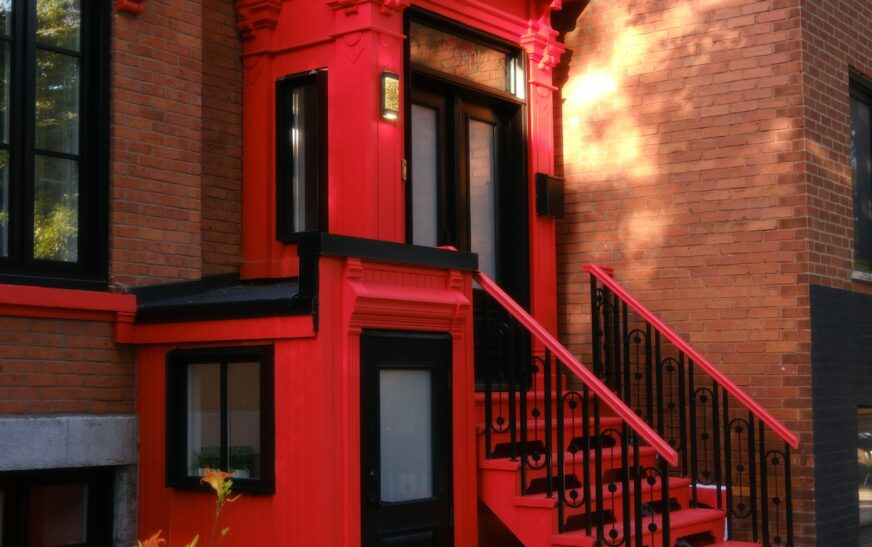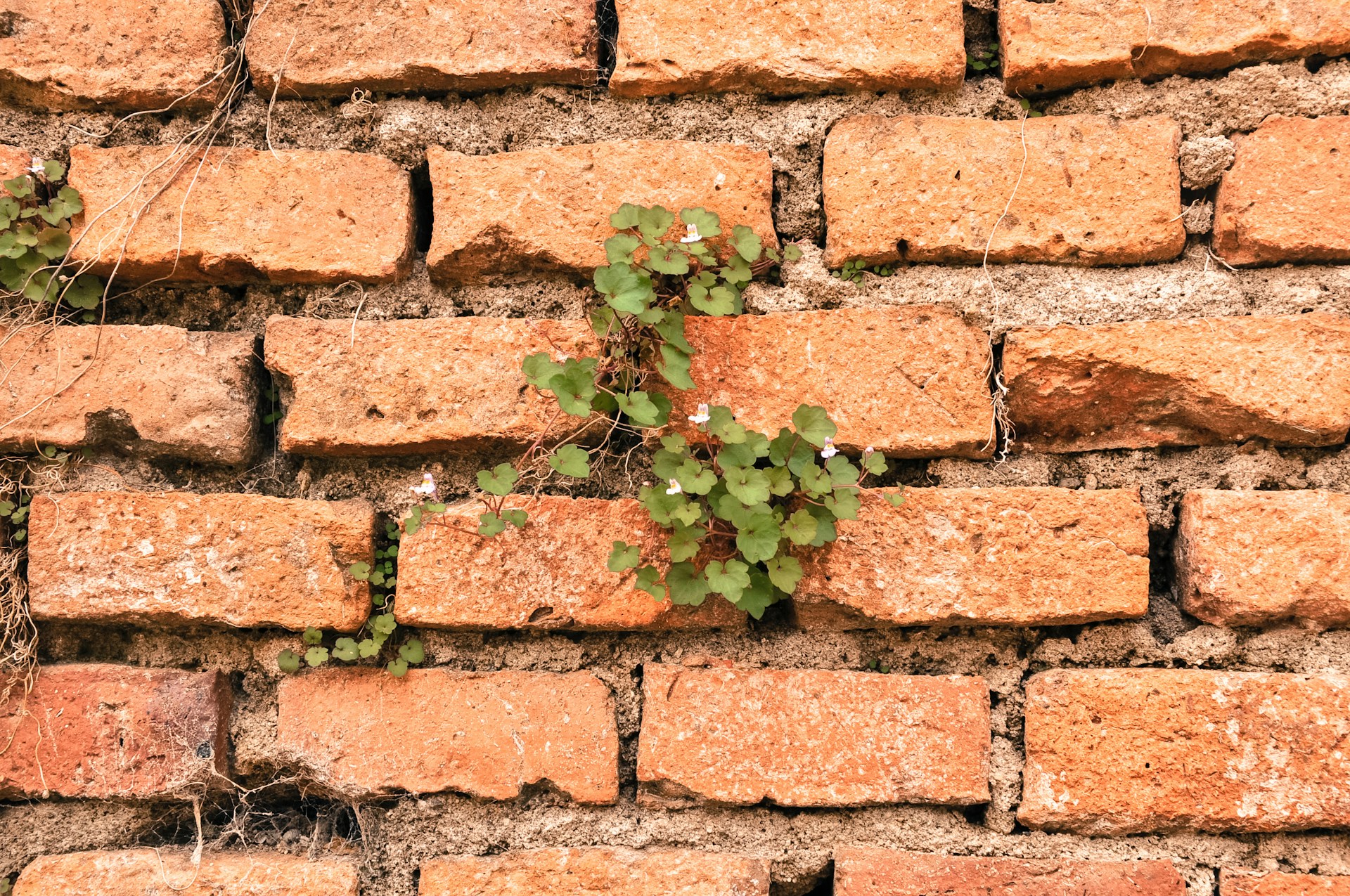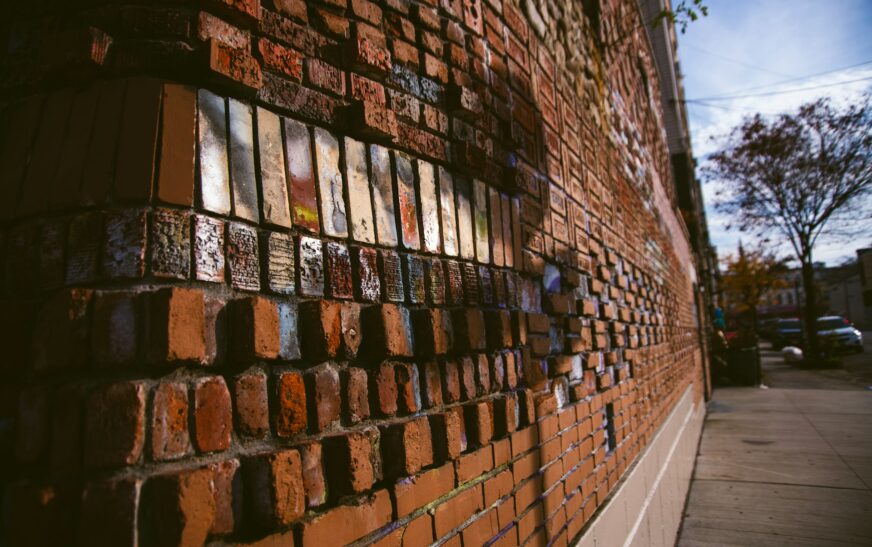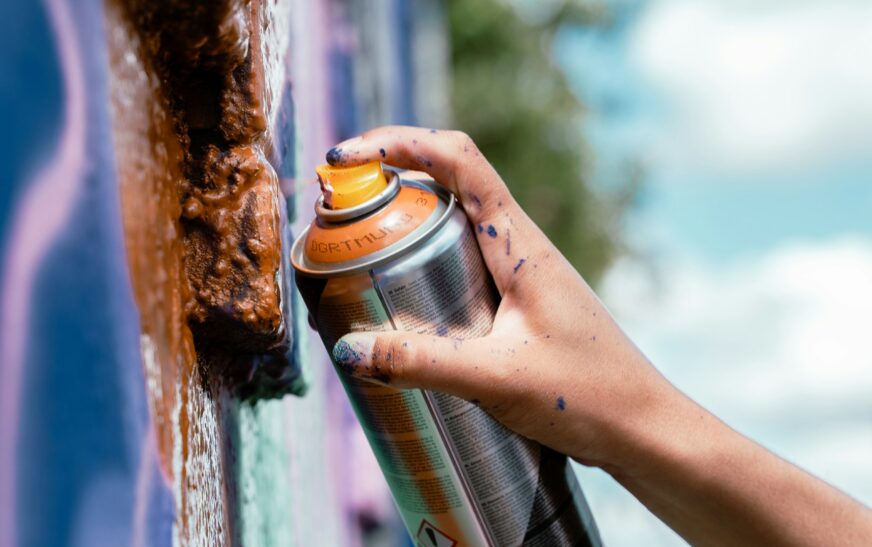It’s a question many homeowners ask—should I paint my brick house? The idea is tempting. A fresh coat of paint can transform a dated façade into something bold, modern, and undeniably eye-catching. Whitewashed charm? Urban elegance? The aesthetic potential is real.
But painting brick isn’t a weekend project you can undo with a power washer. Once you commit, it’s a long-term relationship—with all the responsibilities that come with it.
should I paint my brick house?
Let’s dive into the details. The benefits, the drawbacks, and the often-overlooked consequences. The goal? To help you make an informed, thoughtful decision—not one driven by trends or momentary inspiration.
Why Do People Paint Brick in the First Place?
Some brick homes boast rich, natural tones with timeless appeal. Others? Not so much. Faded, mismatched, or uneven coloration can make even well-built homes feel neglected.
Here’s why many choose to paint:
- Curb Appeal: Instantly modernizes an older home.
- Uniformity: Covers inconsistencies in brick tone or mortar.
- Protection: In some cases, paint can act as a barrier against weather and moisture (though this is a double-edged sword—more on that later).
- Personal Expression: Color opens doors for creativity—deep charcoal, crisp white, muted green—the options are endless.
The Pros of Painting Your Brick House
Let’s talk benefits—but without the fluff.
1. Visual Transformation
There’s no denying the impact. A well-painted brick home can shift from outdated to sophisticated with a single color choice. It’s not just about looks—it’s about tone, character, and how the home feels to passersby and visitors alike.
2. Enhanced Market Appeal
In neighborhoods dominated by brick, a painted home can stand out—for the better. If done tastefully, it may even boost interest from buyers who prioritize aesthetics and move-in readiness.
3. Surface Uniformity
If your brick is discolored, stained, or patched, paint provides an even, unified finish that hides imperfections while highlighting architectural details.
The Cons (Yes, There Are Several)
Here’s where things get complicated. The downsides to painting brick aren’t always visible right away—but they’re very real.
1. It’s (Almost) Permanent
Let’s be clear: once you paint brick, you’re committing. Removing paint from a porous surface is nearly impossible without damaging the brick itself. Repainting becomes part of your home’s maintenance routine going forward.
2. Moisture Trapping Risks
Brick is breathable by nature—it absorbs and releases moisture. Paint (especially the wrong type) can trap water inside, leading to:
- Peeling and flaking
- Mold or mildew growth
- Freeze-thaw damage in colder climates
Choosing a breathable, masonry-specific paint is essential—but even then, risks remain.
3. Increased Maintenance
Unpainted brick requires minimal care. Painted brick? Not so much. Over time, exposure to sun, rain, and temperature swings will dull the color, cause chipping, or expose cracks. Expect to repaint every 7–10 years—or sooner if issues arise.
When Painting Brick Might Be the Right Choice
So, should you paint your brick house? It depends. Here are scenarios where painting could be the right call:
- The existing brick is heavily stained or unsightly.
- Your home’s style (e.g., mid-century modern or urban loft) aligns with a painted finish.
- You’re prepared to take on future upkeep.
- You’ve consulted a professional and selected the right products and techniques.
When to Think Twice
If your brick is:
- Historically significant
- In excellent original condition
- Part of a home in a neighborhood with strict HOA or preservation guidelines
…you might want to pause. Painted brick in the wrong context can reduce value and even violate regulations.
Read More : How to Get Spray Paint Off Brick: Safe, Effective Methods That Actually Work
Final Thoughts: Painting Brick Is a Design and Lifestyle Choice
At the end of the day, painting a brick house isn’t just a design decision—it’s a commitment. One that has aesthetic, structural, and financial implications. While it can breathe new life into a tired exterior, it also alters the home’s character—possibly forever.
So before you reach for the roller, ask yourself: Are you in love with the look? Or are you reacting to a trend?
Your answer may reveal more than you expect.










